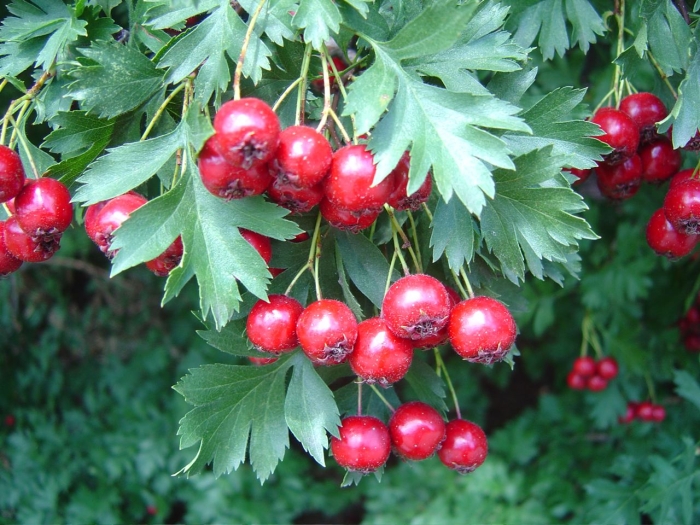Russian Hawthorn
(Crataegus ambigua)
Russian Hawthorn (Crataegus ambigua)
/
/

Nadiatalent
Public domain
Image By:
Nadiatalent
Recorded By:
Copyright:
Public domain
Copyright Notice:
Photo by: Nadiatalent | License Type: Public domain | License URL: https://creativecommons.org/public-domain/ | Uploader: Nadiatalent | Publisher: Wikimedia Commons | Title: Crataegus-ambigua-2.jpg | Notes: {{Information |Description={{en|1=Eastern Kingbird, Tyrannus tyrannus in Crataegus macracantha, Toronto, Canada}} |Source=Own work |Author=[[User:Nadiatalent|Nadiatalent]] |Date= |Permission= |other_versions= }} [[Category:Crataegus]] |







Estimated Native Range
Summary
Crataegus ambigua, commonly known as Russian Hawthorn, is a deciduous shrub or small tree native to open woodlands and riverbanks in Western Russia and the Caucasus region. It typically grows to a height of 15-25 feet (5-8 meters) and a width of 7-15 feet (2.1-4.6 meters). The plant has a rounded habit with dense branching and is adorned with clusters of white flowers in late spring to early summer, which are moderately showy and attract pollinators. The foliage is dark green, turning to shades of yellow and red in the fall, adding seasonal interest. The bark is rough and gray, and the plant produces small red berries that persist into winter, providing food for birds.
Russian Hawthorn is valued for its hardiness and adaptability to various soil conditions, making it suitable for urban environments, hedges, and wildlife gardens. It is tolerant of both full sun and partial shade, and once established, it can withstand periods of drought. Gardeners appreciate its ornamental qualities, including its attractive flowers, colorful autumn foliage, and persistent fruit. While it is generally low-maintenance, it can be susceptible to leaf spot and rust diseases, and may require occasional pruning to maintain its shape. It is not known to have aggressive roots or be particularly invasive when grown outside its native range.CC BY-SA 4.0
Russian Hawthorn is valued for its hardiness and adaptability to various soil conditions, making it suitable for urban environments, hedges, and wildlife gardens. It is tolerant of both full sun and partial shade, and once established, it can withstand periods of drought. Gardeners appreciate its ornamental qualities, including its attractive flowers, colorful autumn foliage, and persistent fruit. While it is generally low-maintenance, it can be susceptible to leaf spot and rust diseases, and may require occasional pruning to maintain its shape. It is not known to have aggressive roots or be particularly invasive when grown outside its native range.CC BY-SA 4.0
Plant Description
- Plant Type: Shrub, Tree
- Height: 15-25 feet
- Width: 7-15 feet
- Growth Rate: Moderate
- Flower Color: White
- Flowering Season: Spring, Summer
- Leaf Retention: Deciduous
Growth Requirements
- Sun: Full Sun, Part Shade
- Water: Medium
- Drainage: Medium
Common Uses
Bee Garden, Bird Garden, Butterfly Garden, Hedges, Hummingbird Garden, Low Maintenance, Showy Flowers
Natural Habitat
Open woodlands and riverbanks in Western Russia and the Caucasus region
Other Names
Common Names:
Scientific Names: Crataegus ambigua , Crataegus sororia
GBIF Accepted Name: Crataegus ambigua C.A.Mey. ex A.K.Becker